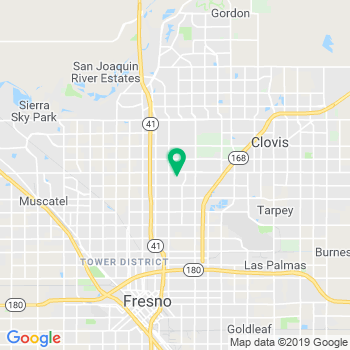
Marijane Consults
About Marijane Consults
Cannabis sativa L. (hemp) is a flowering plant most likely originating in the regions north of Afghanistan. It is not clear how the cultivation of hemp began, however, it has been recorded throughout history in multitude of geographical locations for a variety of different applications. Evidence suggests the pharmacological history of cannabis can be traced back to the ancient world, more than 5,000 years ago. Early Chinese literature describes prescribing flowers of the female marijuana plant for menstrual fatigue, rheumatism, malaria, constipation and absentmindedness. Additionally, ancient Chinese literature warned that eating too many seeds from this plant could cause one to see demons. In Egypt, the Ebers Papyrus, the oldest known “complete” medical textbook in existence, documented a medicinal cannabis formula used as a remedy to cool the uterus and cause contractions. Ancient scriptures of the Brahman religion identify hemp as one of the five sacred plants of India. In the middle east, hemp occupies the first place in a list of 10,000 medicinal plants documented in sacred writings.
Marihuana is the Spanish name for the dried leaves and female flowering tops of the hemp plant. Hashish is a resin which originates on these female flowering tops. Currently, 538 natural compounds have been identified from this plant. Of these, 108 are identified as cannabinoids unique to Cannabis sativa L. There are ten main types of cannabinoids and fourteen different cannabinoid subtypes.
Endocannabinoids are the receptors in the body that mediate the effect of cannabis. The first steps towards identifying these endocannabinoids, broadening the potential for new therapeutic modalities, began on March 24, 1992 when a chemist identified the first endogenous ligand for the central cannabinoid receptor. With active research describing the wide variety of the endocannabinoid system and its receptors currently ongoing, medicinal applications for the use of cannabinoids of greater selectivity and reduced side-effect profile are advancing rapidly creating the opportunity for substantial therapeutic benefits for patients.
Contact info
Services
Yes
Online OrderYes
Hours
Closed now
